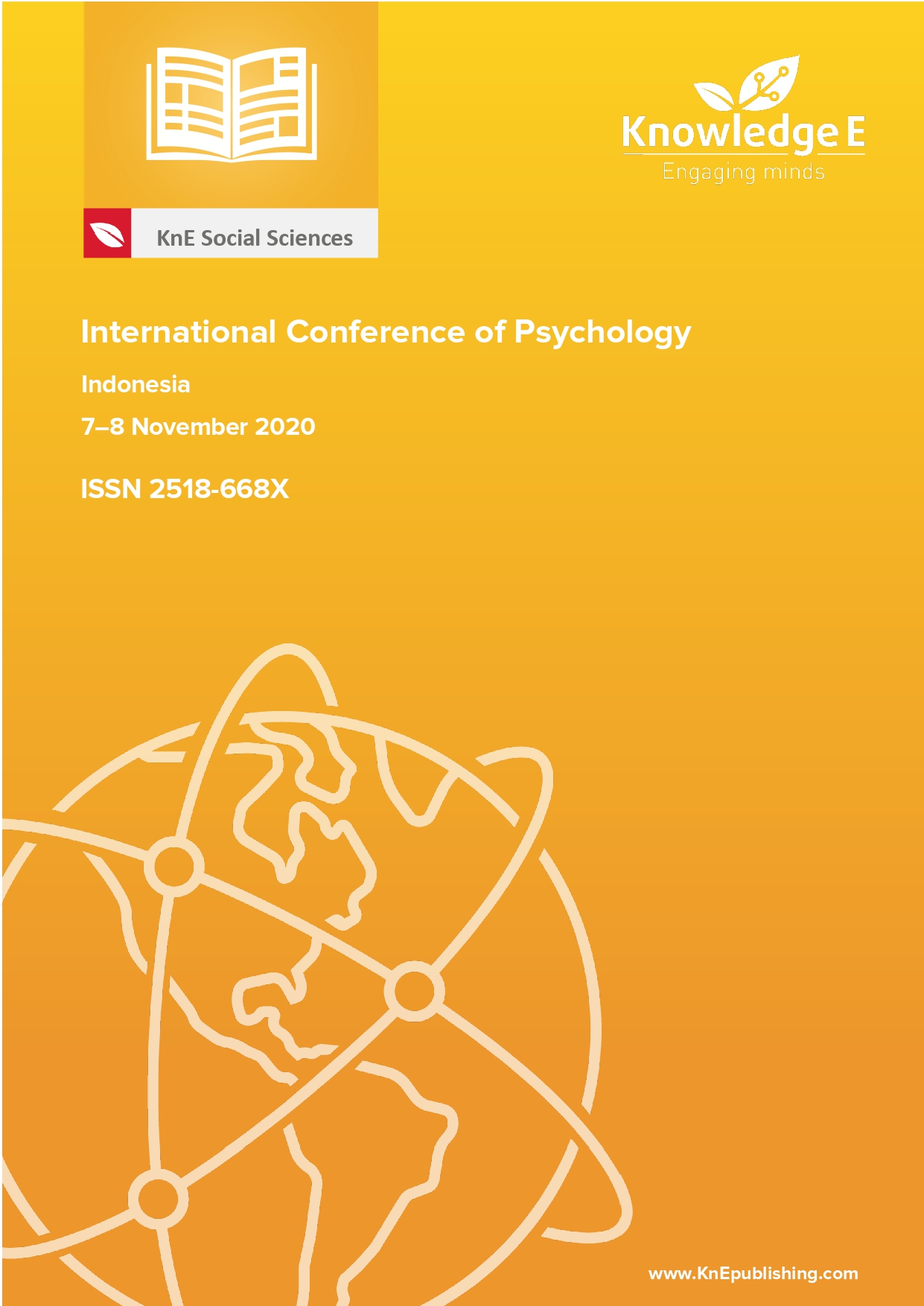Student’s Evaluation on the Use of Learning Media During Pandemic
DOI:
https://doi.org/10.18502/kss.v4i15.8232Abstract
This research aims to find out student assessments of the learning media used during the Covid-19 pandemic. We tested several learning media used, first is the WhatsApp group, zoom, and Learning Management System (LMS) used by campus. Descriptive statistic from 616 people (24.28% were male), we found that the use of text-based synchronus learning media was more desirable than the use of existing video or LMS. Positive ratings are mainly on the frequent use, effectiveness, flexibility, speed, and cheap. However, in terms of interactive abilities, clarity of information, and fun media, google meet combination with zoom better than other media trough synchrous audio-video communcation. In other hand, Campus’s LMS were lowest on mostly dimentions that used in this research.
Keywords: LMS, effectiveness, pandemic
References
Adzharuddin, N. (2013). Learning Management System (LMS) among University Students: Does It Work? International Journal of e-Education, e-Business, e-Management and e-Learning. https://doi.org/10. 7763/IJEEEE.2013.V3.233
Cavus, N. (2013). Selecting a learning management system (LMS) in developing countries: Instructors’ evaluation. Interactive Learning Environments, 21(5), 419–437. https://doi.org/10.1080/10494820.2011. 584321
Cerita Mahasiswa NTT Kesulitan Ikuti Kuliah Online, Terpaksa Pinjam Ponsel Tetangga. (2020, Mei 12). kompas.com. Diambil dari https://regional.kompas.com/read/2020/05/12/11515641/cerita-mahasiswa- ntt- kesulitan- ikuti- kuliah- online- terpaksa- pinjam- ponsel
Clark, J. (2002). A product review of WebCT. The Internet and higher education, 1(5), 79–82.
Conradie, P., Moller, M., & Faleni, T. (2014). The Effect of Learning Management Systems’ Media Richness on 21st Century Student’s Satisfaction: A Higher Education Perspective. Dalam R. Ørngreen & K. Twedell Levinsen (Ed.), Proceedings of the 13th European Conference on E-Learning—ECEL 2014, Aalborg University, Copenhagen, Denmark 30-31 October 2014 (hlm. 147–155). Reading: Academic Conferences.
Dias, S. B., & Diniz, J. A. (2014). Towards an enhanced learning management system for blended learning in higher education incorporating distinct learners’ profiles. Journal of Educational Technology & Society, 17(1), 307–319.
Kasim, N. N. M., & Khalid, F. (2016). Choosing the Right Learning Management System (LMS) for the Higher Education Institution Context: A Systematic Review. International Journal of Emerging Technologies in Learning (iJET), 11(06), 55. https://doi.org/10.3991/ijet.v11i06.5644
Kim, S. W., & Lee, M. G. (2008). Validation of an evaluation model for learning management systems: Validation of an evaluation model for LMS. Journal of Computer Assisted Learning, 24(4), 284–294. https://doi.org/10.1111/j.1365- 2729.2007.00260.x
Kuliah Daring, Mahasiswa di Luwu Harus Panjat Pohon dan Naik Gunung. (2020, Mei 13). kompas.com. Diambil dari https://regional.kompas.com/read/2020/05/13/12160481/kuliah-daring- mahasiswa- di- luwu- harus- panjat- pohon- dan- naik- gunung
Lan, Y.-F., & Sie, Y.-S. (2010). Using RSS to support mobile learning based on media richness theory. computers & education, 55(2), 723–732.
Liaw, S.-S. (2008). Investigating students’ perceived satisfaction, behavioral intention, and effectiveness of e-learning: A case study of the Blackboard system. Computers & Education, 51(2), 864–873. https: //doi.org/10.1016/j.compedu.2007.09.005
Liaw, S.-S., & Huang, H.-M. (2007). Developing a Collaborative e-Learning System Based on Users’ Perceptions. Dalam W. Shen, J. Luo, Z. Lin, J.-P. A. Barthès, & Q. Hao (Ed.), Computer Supported Cooperative Work in Design III (hlm. 751–759). Berlin, Heidelberg: Springer Berlin Heidelberg. https: //doi.org/10.1007/978- 3- 540- 72863- 4_76
Naveh, G., Tubin, D., & Pliskin, N. (2012). Student satisfaction with learning management systems: A lens of critical success factors. Technology, Pedagogy and Education, 21(3), 337–350. https://doi.org/ 10.1080/1475939X.2012.720413
Seorang Mahasiswi Tewas Saat Cari Sinyal Internet untuk Kuliah Online. (2020, April 8). kom- pas.com. Diambil dari https://makassar.kompas.com/read/2020/04/08/19493391/seorang-mahasiswi- tewas- saat- cari- sinyal- internet- untuk- kuliah- online
Trevino, L. K., Lengel, R. H., & Daft, R. L. (1987). Media Symbolism, Media Richness, and Media Choice in Organizations: A Symbolic Interactionist Perspective. Communication Research, 14(5), 553–574. https://doi.org/10.1177/009365087014005006

